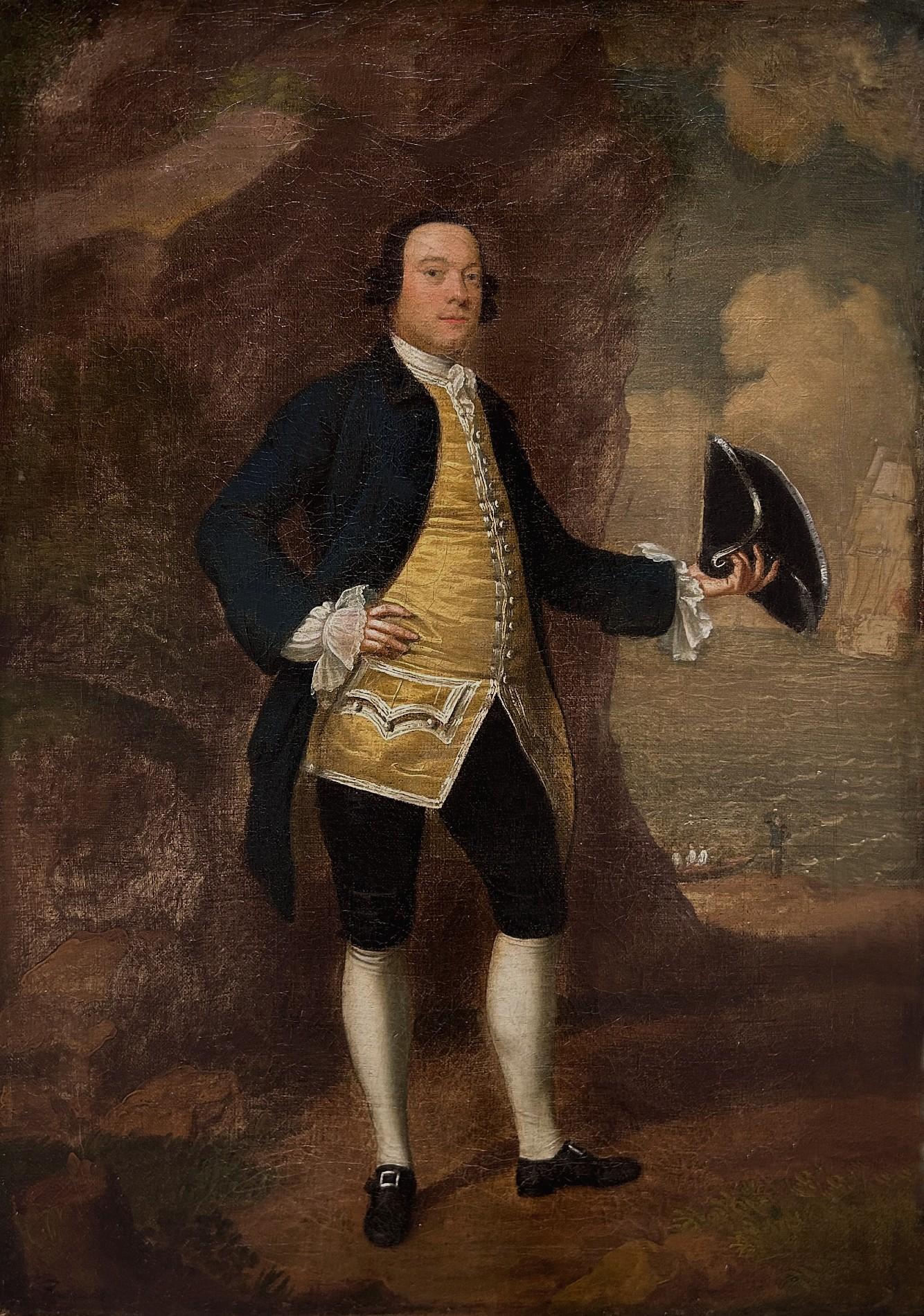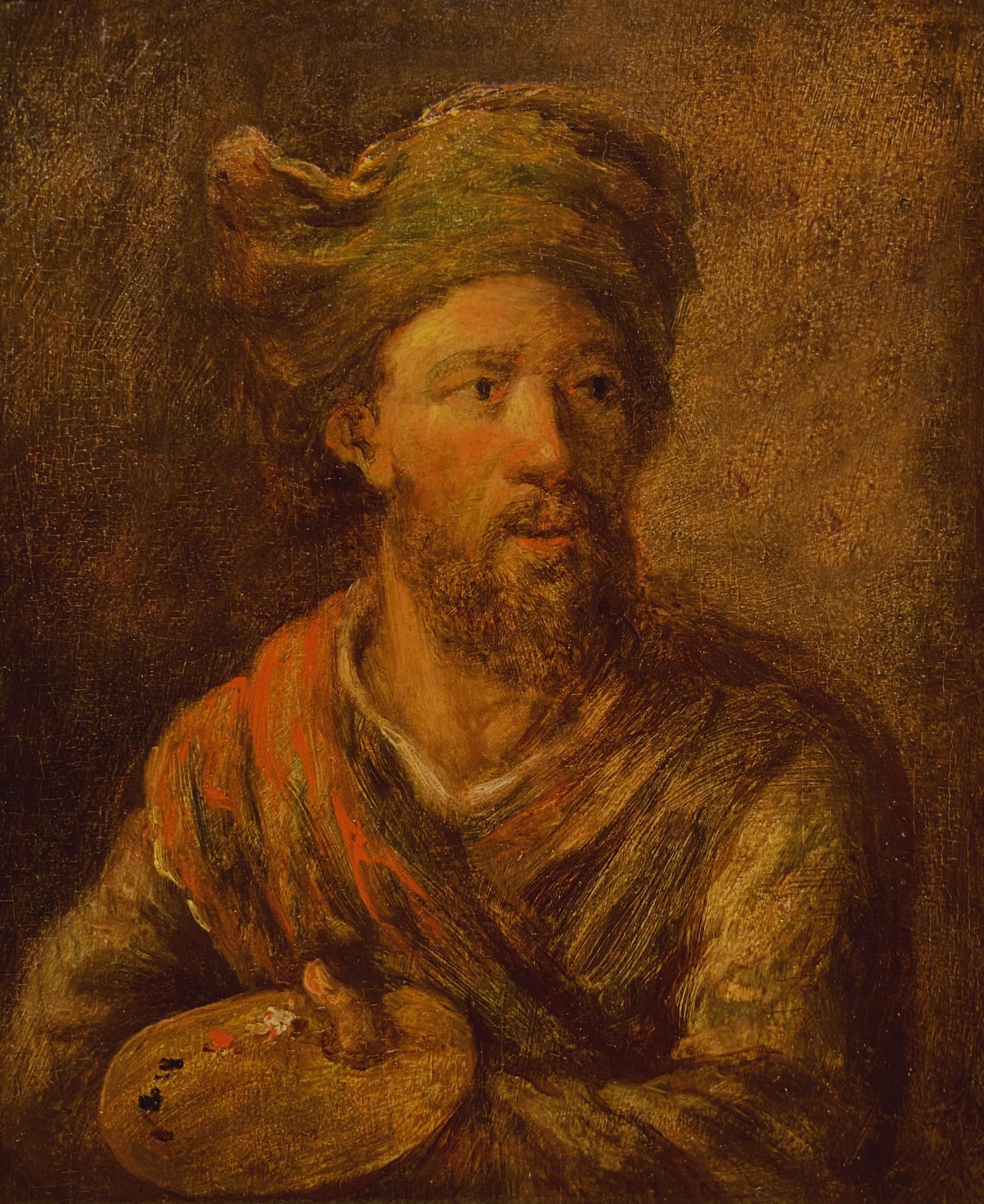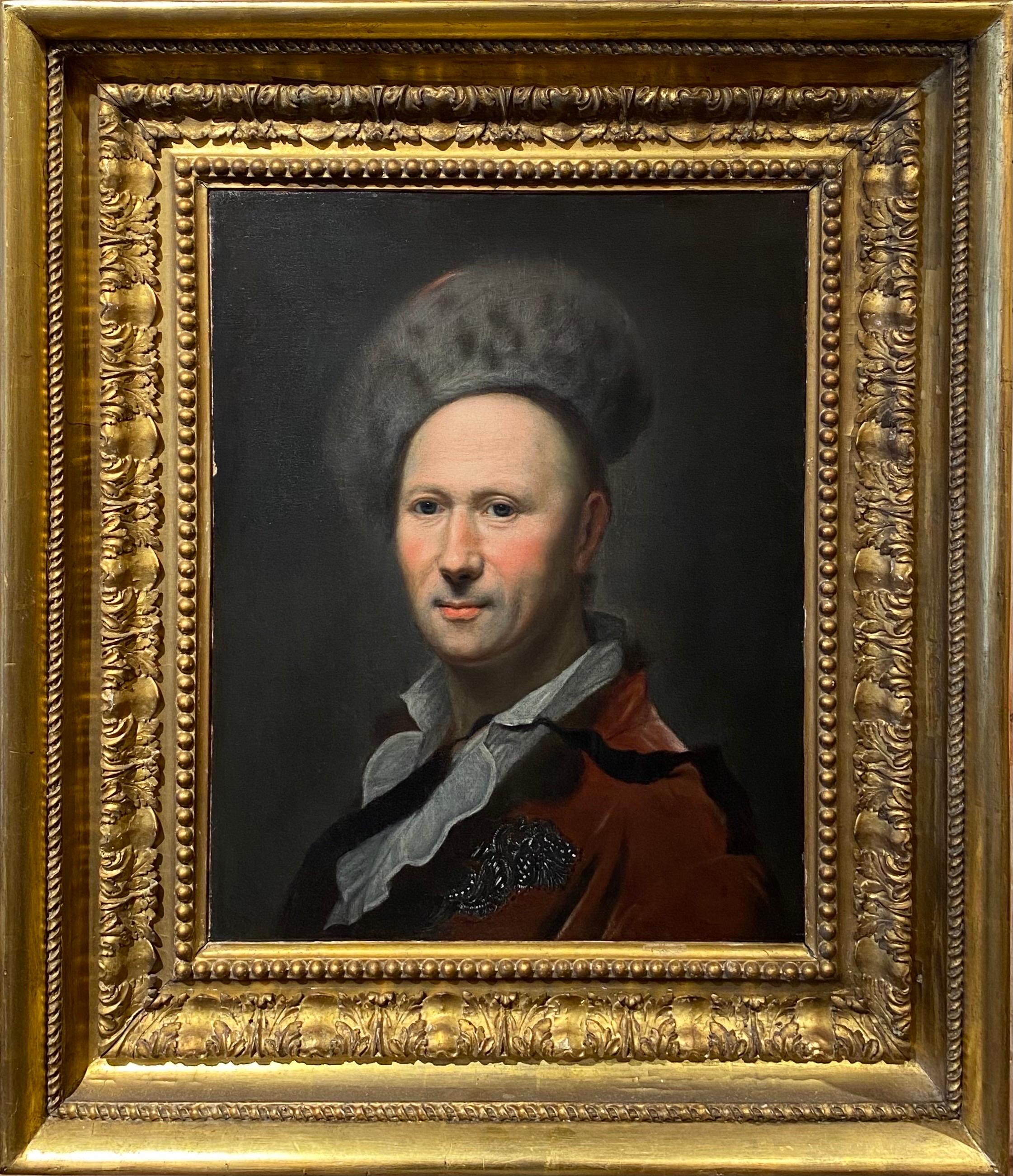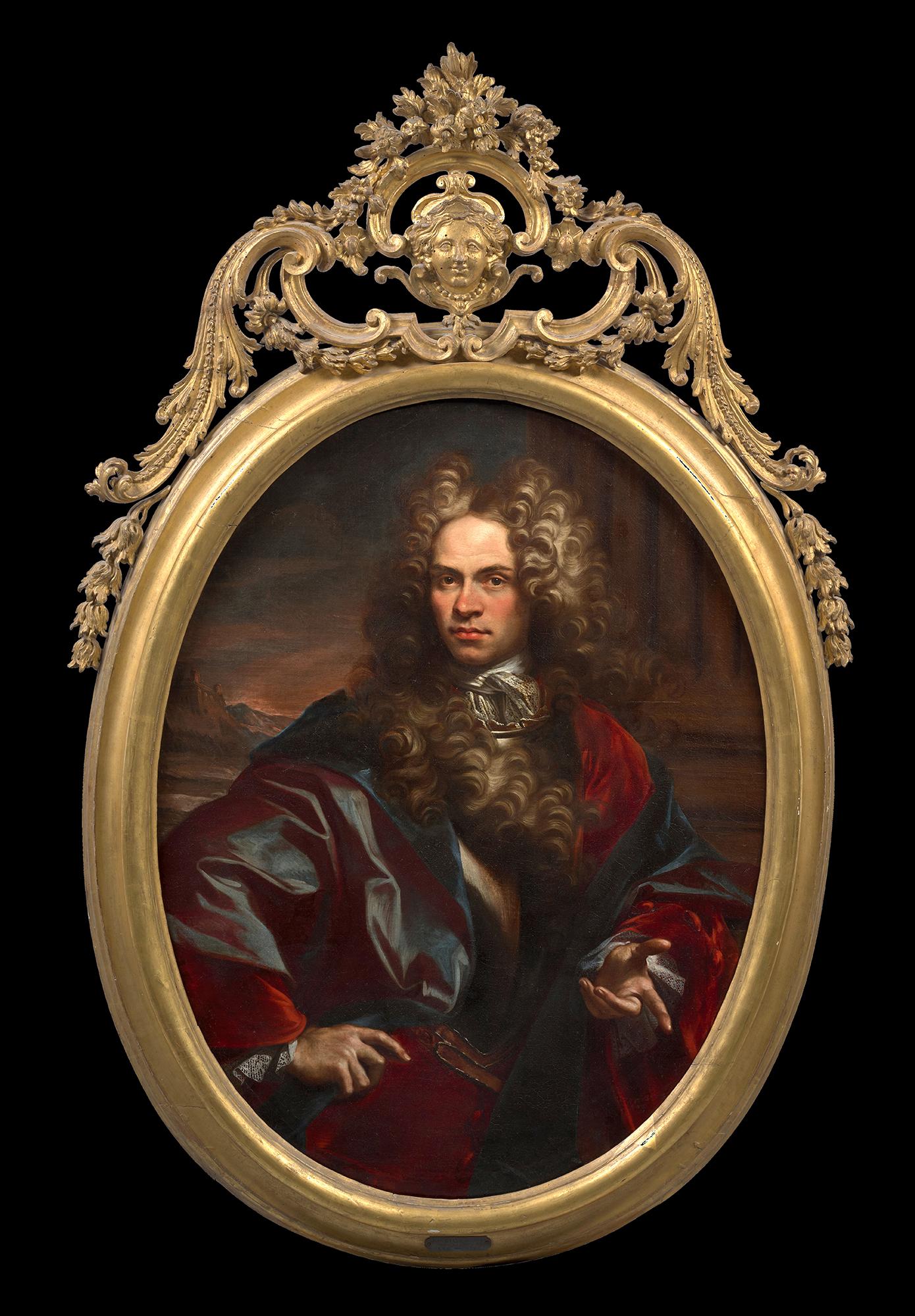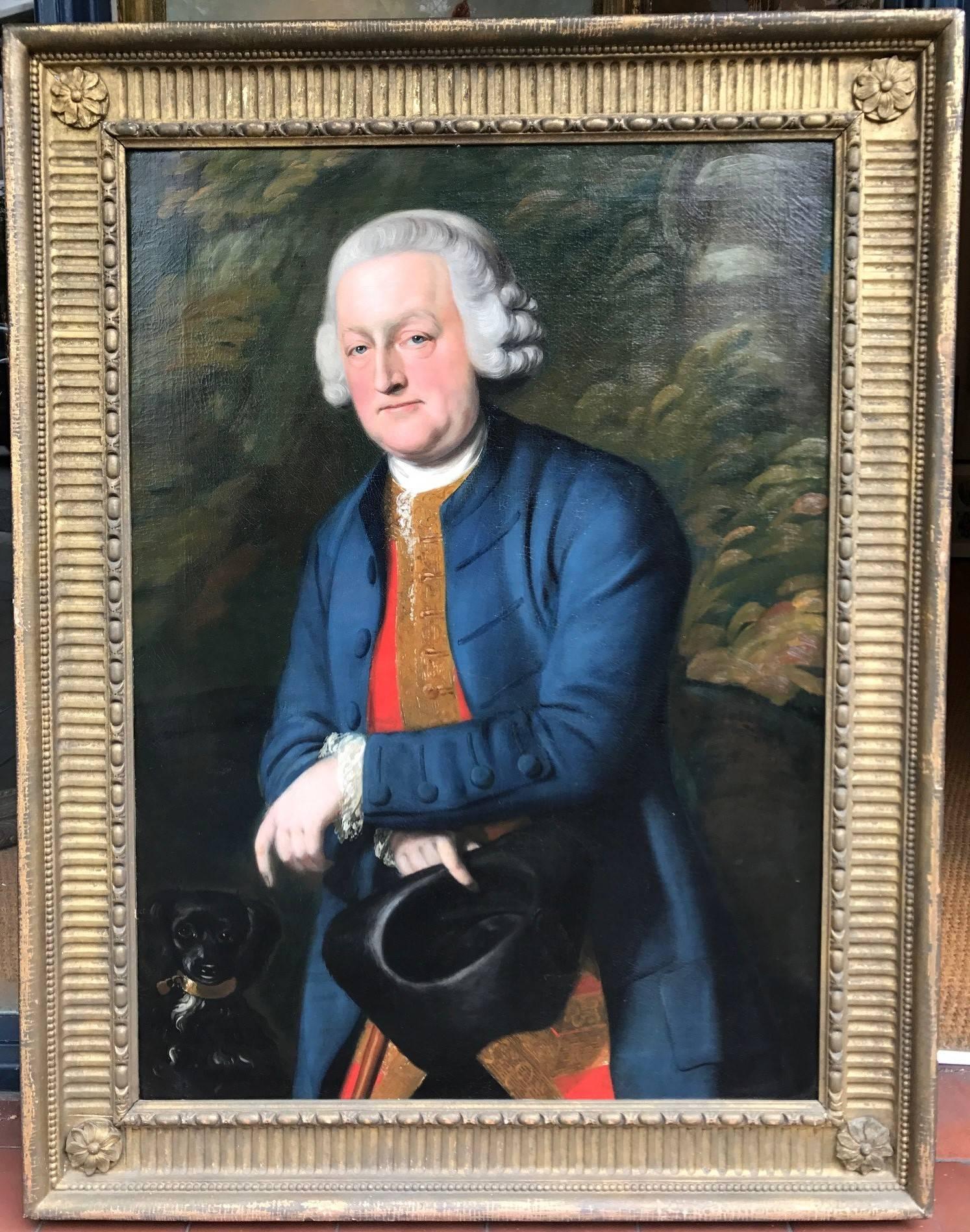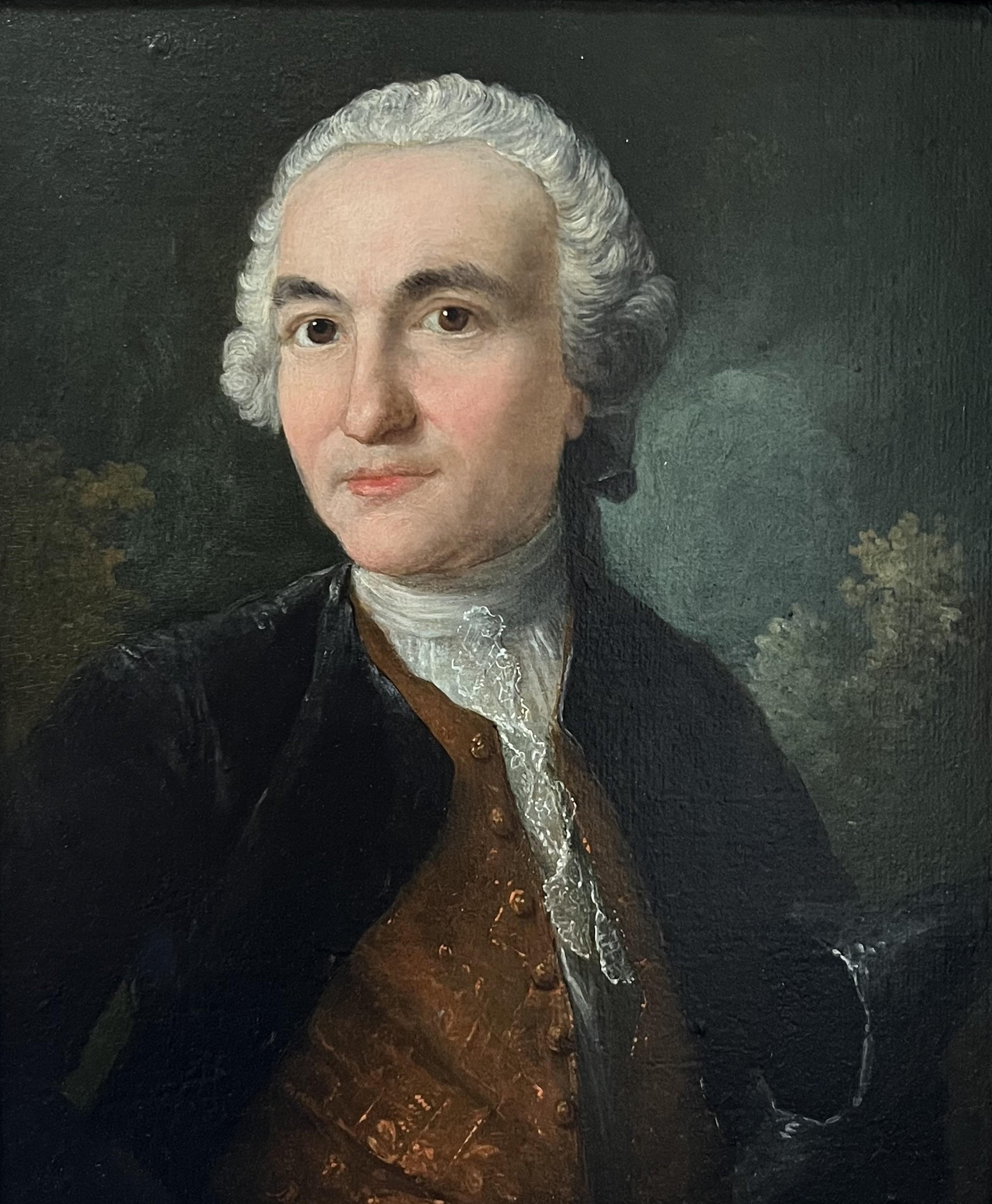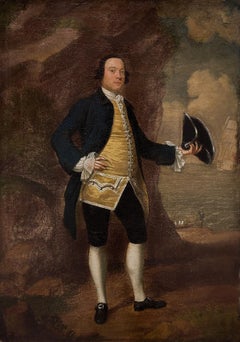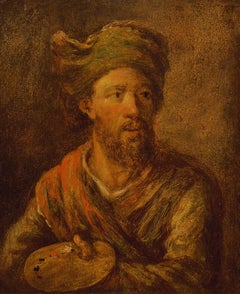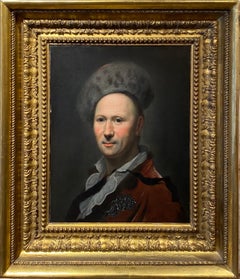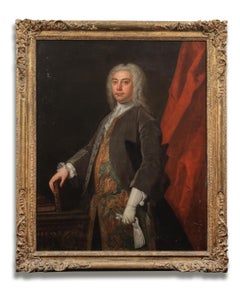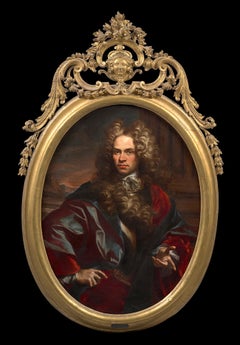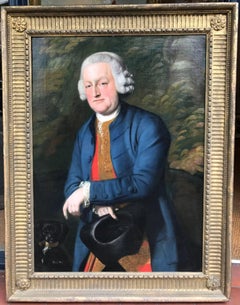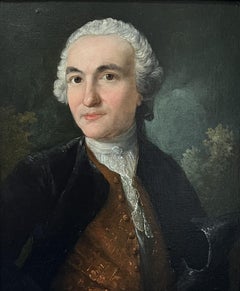Francis HaymanSelf-Portrait - Royal Academy Founding Member, 18th Century
About the Item
- Creator:Francis Hayman (1708 - 1776, British)
- Dimensions:Height: 8 in (20.32 cm)Width: 6.5 in (16.51 cm)
- Medium:
- Movement & Style:
- Period:
- Condition:
- Gallery Location:London, GB
- Reference Number:1stDibs: LU5246845362
Francis Hayman
Born in 1708 to a respectable Devonshire family, Francis Hayman’s training began at the tender age of ten under the tutelage of the historical painter Robert Brown, who was probably an uncle. By the 1730s, he is known to have been engaged in painting scenery for the popular theatres on Goodman’s Fields and Drury Lane. He established a studio on St Martin’s Lane and demonstrated his versatility as one of the most important painters of his time in portraits, illustration and history painting. Indeed, he was one of the first English painters deemed to have the skill and proficiency to rival that of the foreign masters, such as Holbein and Kneller, who were brought in by the court to make up for the perceived shortcomings of the native artists. Led by William Hogarth, Hayman and other artists began to create a new movement in the English art world. Thomas Gainsborough was one of his pupils, whom he is said to have introduced to the more lascivious and debauched underbelly of London life. After mostly making his living as an illustrator, in the 1740s Hayman was commissioned by the proprietor of the Vauxhall Pleasure Gardens, Jonathan Tyers, to produce a series of four large celebratory canvases depicting British victories from the Seven Years War. His association with Tyers continued, and over the next ten years, he produced a number of large decorative paintings for the ornate supper boxes that were a very popular feature of the gardens. Success as a portrait and conversation piece artist arose from his relaxed style, which cast aside the usual formal settings and poses to embrace the genteel environments of the urban middle classes in society, depicting their privileged life. These were often painted in the rococo style, which had become very popular in England in the early eighteenth century. In 1768, Hayman is listed as a founding member of the Royal Academy, and rather ironically, given his rather wayward character, held the office of Academy Librarian from 1771 until his death in 1776. He is believed to have been married twice, although there is no surviving record of his first marriage. Hayman died of gout in his house on Dean Street in Soho in February 1776. He is buried in an unmarked grave in nearby St Anne’s churchyard. We are grateful to Professor Brian Allen for confirming the attribution to Francis Hayman based on the first-hand examination of the work.
- ShippingRetrieving quote...Shipping from: London, United Kingdom
- Return Policy
More From This Seller
View All18th Century English School Portrait Paintings
Canvas, Oil
17th Century Portrait Paintings
Oak, Oil
Early 18th Century Old Masters Portrait Paintings
Canvas, Oil
Mid-18th Century English School Portrait Paintings
Oil
18th Century English School Portrait Paintings
Canvas, Oil
1760s Portrait Paintings
Canvas, Oil
You May Also Like
1740s Italian School Portrait Paintings
Canvas, Oil
Late 18th Century Old Masters Portrait Paintings
Oil
1760s Old Masters Portrait Paintings
Oil
17th Century Old Masters Portrait Paintings
Oil
Early 1700s Old Masters Portrait Paintings
Oil
1730s French School Portrait Paintings
Oil, Canvas
